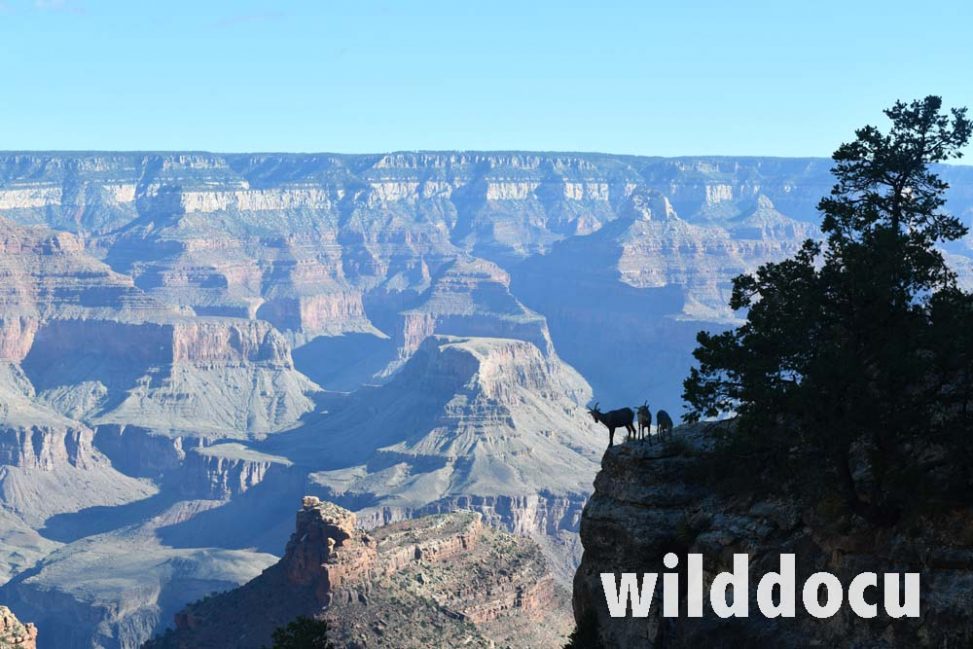During September 2019 I visited the United States to attend the 7th World Mountain Ungulate Conference. Before and after I had a total of 10 days to look for wildlife. This time was mainly dedicated for the search and documentation of caprinae species. But I wanted to make a compromise between finding my target species / subspecies – Rocky Mountain Bighorn Sheep, Desert Bighorn Sheep, Sierra Nevada Bighorn Sheep – and visit some of the most famous National Parks in the US Southwest.
The main places I came through were Grand Teton National Park (NP), Yellowstone NP, Yosemite NP, Cottonwood Lakes / Southern Sierra Nevada, Mojave National Preserve, Grand Canyon NP, Arches NP, Canyonland NP. During the 10-day-loop I covered around 5.000 kilometres.
Grand Teton National Park
Coming from Salt Lake City I arrive in the afternoon. I get some information in the visitor center and buy bear spray. Only a few hours are left for observing wildlife. I run into two Mule Deer stags at Gros Ventre campground and several Pronghorns on Mormon Row Road. At the end of that road are the remains of a homestead. Some Mountain Bluebirds use the property today.

Sialia currucoides
Berghüttensänger
Night time is mammal time:

Erethizon dorsatum
Nordamerikanischer Baumstachler

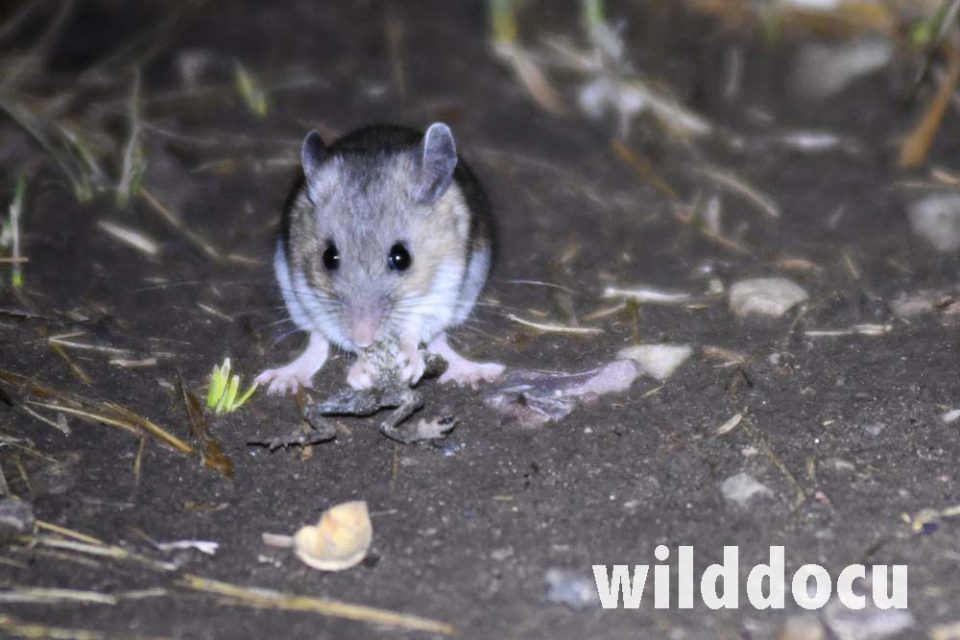
Peromyscus maniculatus
Hirschmaus
There are several of these mice, all very shy. This one doesn’t pay attention to my presence, because it is busily gnawing on a dead frog.
Along a small creek near the homestead I notice striped sedges and eventually a rodent. Going by its dark colour, short tail, large size, habitat and distribution, I believe it is a Water Vole.
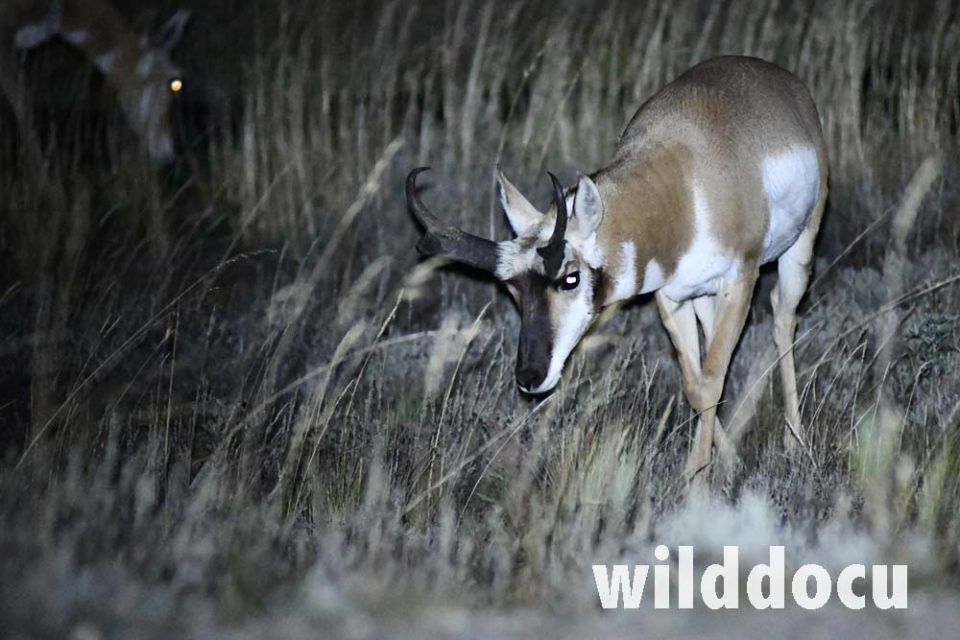
Antilocapra americana
Gabelbock
Early next morning I take a short walk around String Lake.
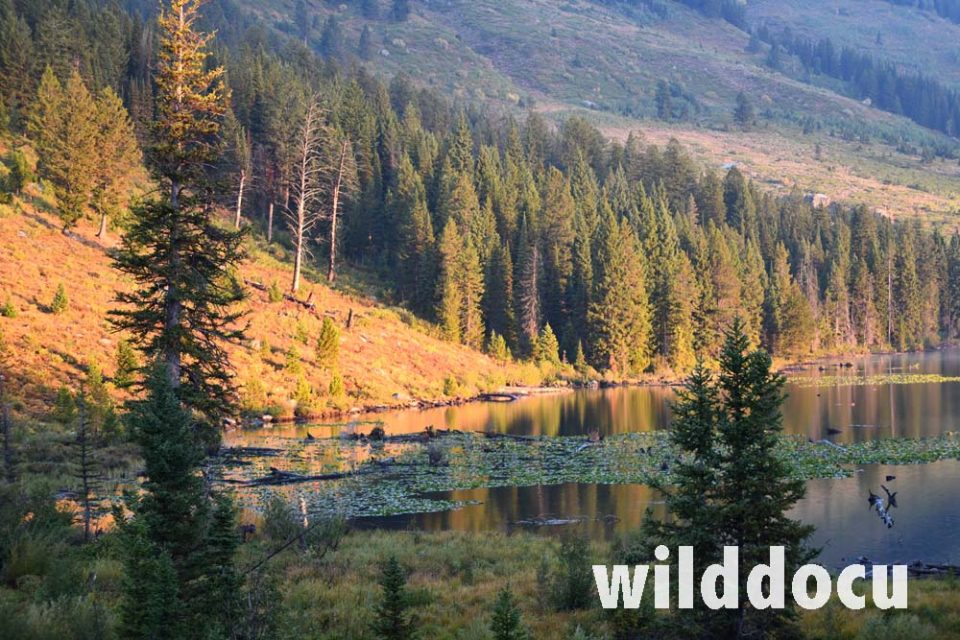

Tamasciurus hudsonicus
Gemeines Rothörnchen
According to distribution it can only be that species, but upperparts appear pretty greyish – as in a Chickaree.
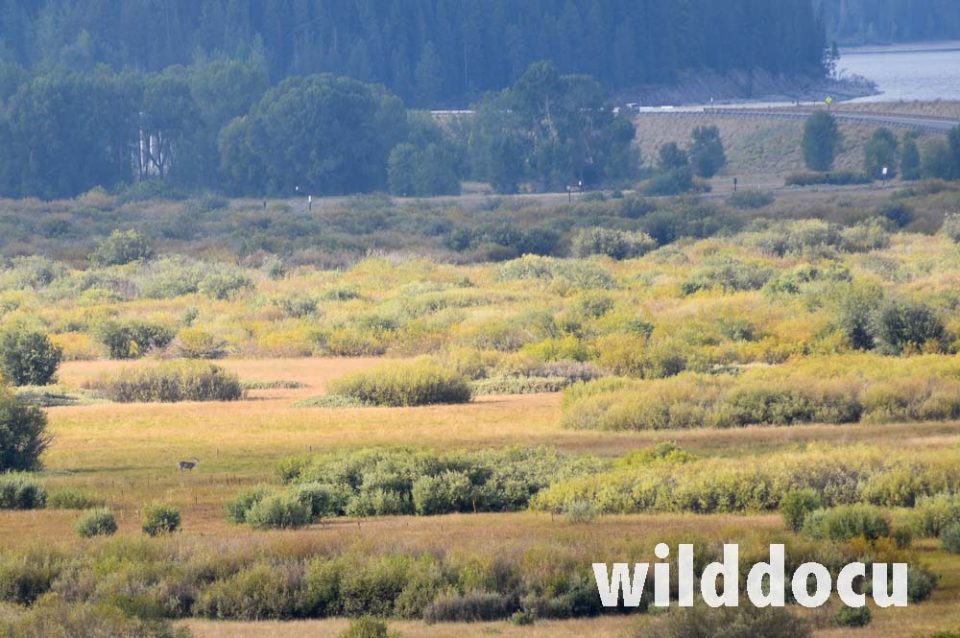
Odocoileus virginianus
Weißwedelhirsch
I see this species (lower left corner) during breakfast at Jackson Lake Lodge. When it suddenly runs off, its waving tail makes it determinable. Sandhill Cranes are also around in these meadows.
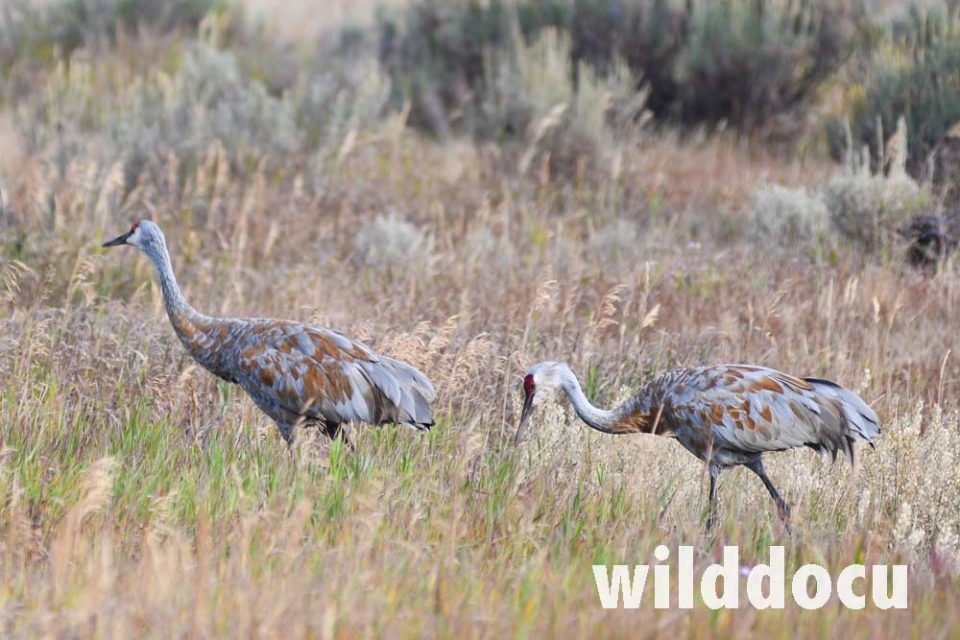
Antigone canadensis
Kanadakranich
Yellowstone National Park
Soon after breakfast I arrive in the world’s first National Park. I have one day to explore it and discover its great wildlife.

Bison bison
Amerikanischer Bison

Euphagus cyanocephalus
Purpurstärling

Tamasciurus hudsonicus
Gemeines Rothörnchen

For Mount Washburn I have scheduled a bit more time – enough to hike to the top. It is probably the best place to see Rocky Mountain Bighorn Sheep in Yellowstone NP. And in September the alpine meadows are supposed to be also good for Grizzly.
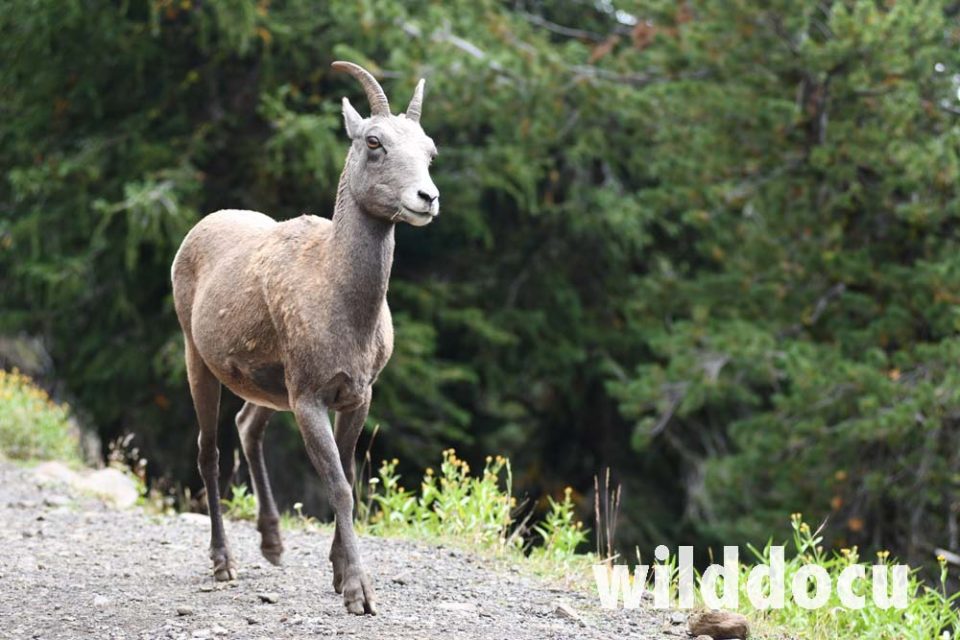
Ovis canadensis canadensis
Rocky Mountain-Dickhornschaf
More images and info concerning this subspecies are included in my Rocky Mountain Bighorn Sheep chapter.
And what the Grizzly concerns I really try hard and scan the slopes repeatedly with my binoculars. And eventually it pays off:

Ursus arctos horribilis
Grizzlybär
And then, just minutes after being on the road again after Mt. Washburn, there’s a Black Bear crossing the road, giving me just enough time for a click.
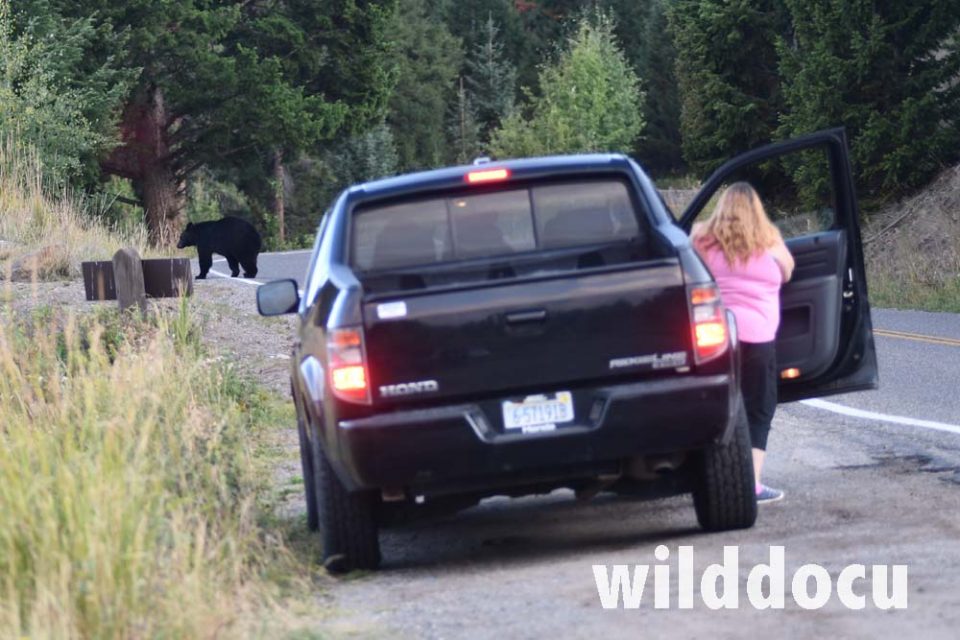
Ursus americanus
Schwarzbär

Odocoileus hemionus hemionus
Rocky-Mountain-Maultierhirsch

Cervus canadensis
Wapiti
The last mammals of the day is a herd of elk in Mammoth in somebody’s backyard. The next morning I arrive in Bozeman, Montana, to attend the conference. Great folks there (Homo sapiens), but rather domesticated. No wildlife. But on the forth day we go on a field trip, again to Yellowstone. I add Mountain Coyote and Mountain Goat on my trip list. After our return to Bozeman and a shandy I set out for a 1400-km-trip to California. Next evening I reach Lee Vining on the eastern foot of the Sierras.
Sierra Nevada
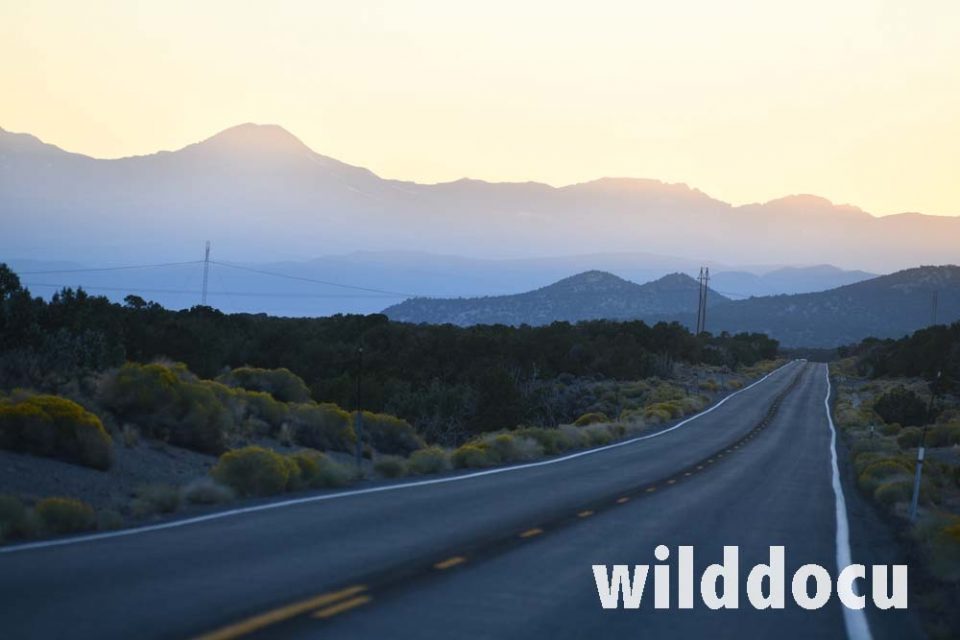

Neotamias minimus
Kleines Streifenhörnchen
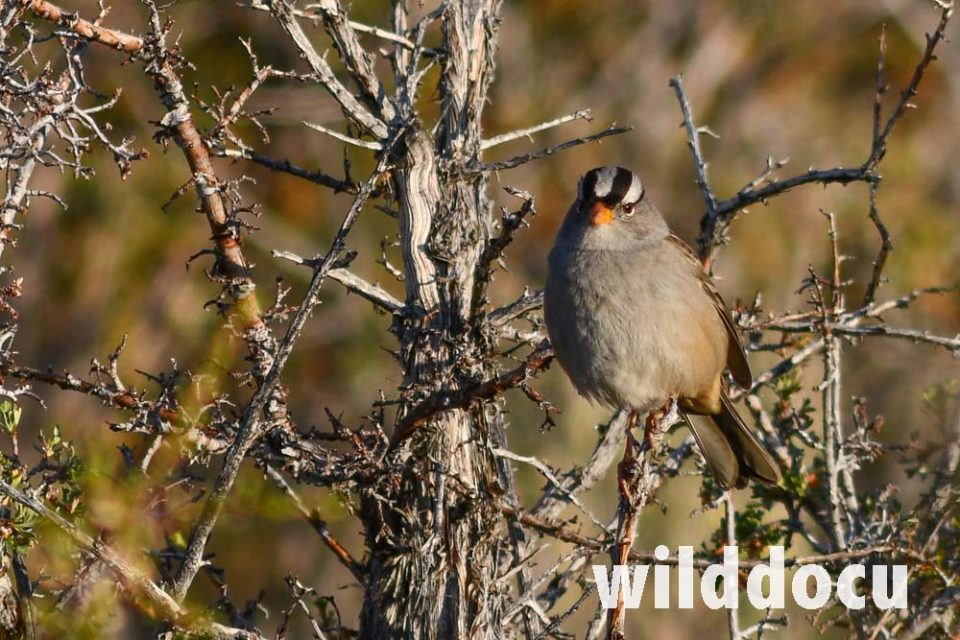
Zonotrichia leucophrys
Dachsammer
The next day is planned for a day trip to Mono Pass: Sierra Nevada Bighorn Sheep habitat! And there is lots to discover on the way:
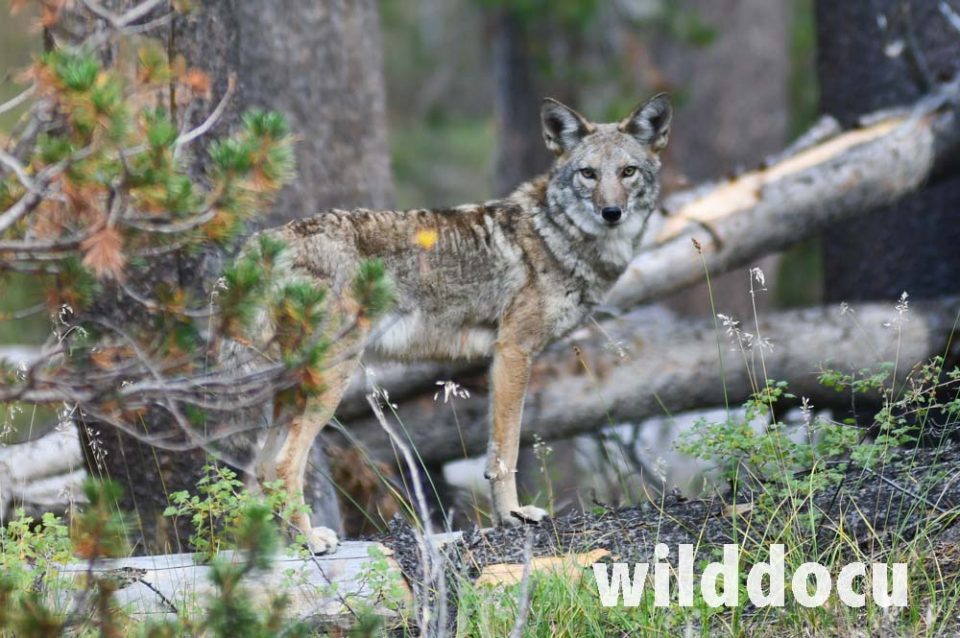
Canis latrans mearnsi
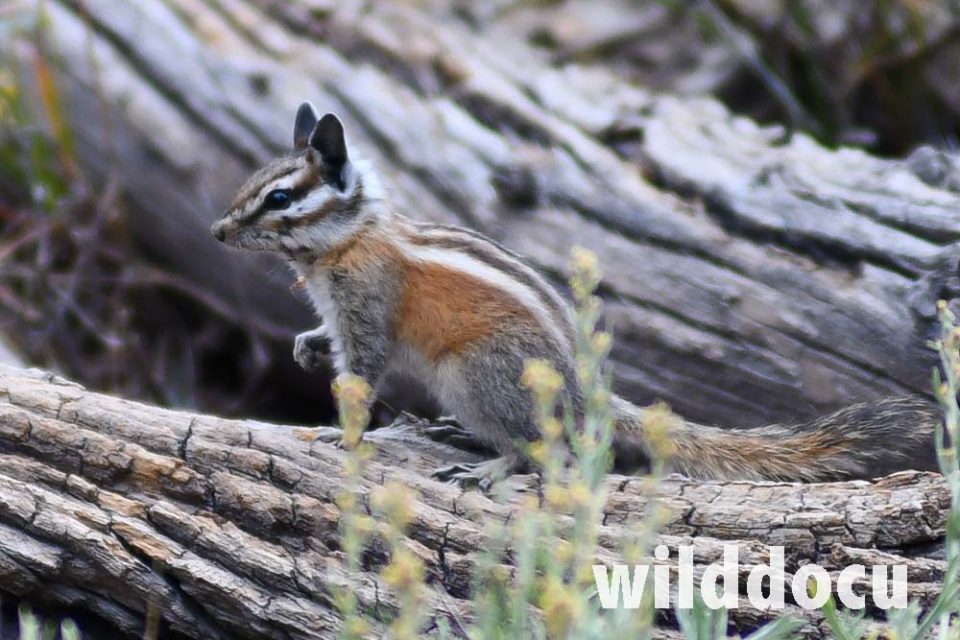
Neotamias speciosus
Lodgepole-Streifenhörnchen

Nucifraga columbiana
Kiefernhäher
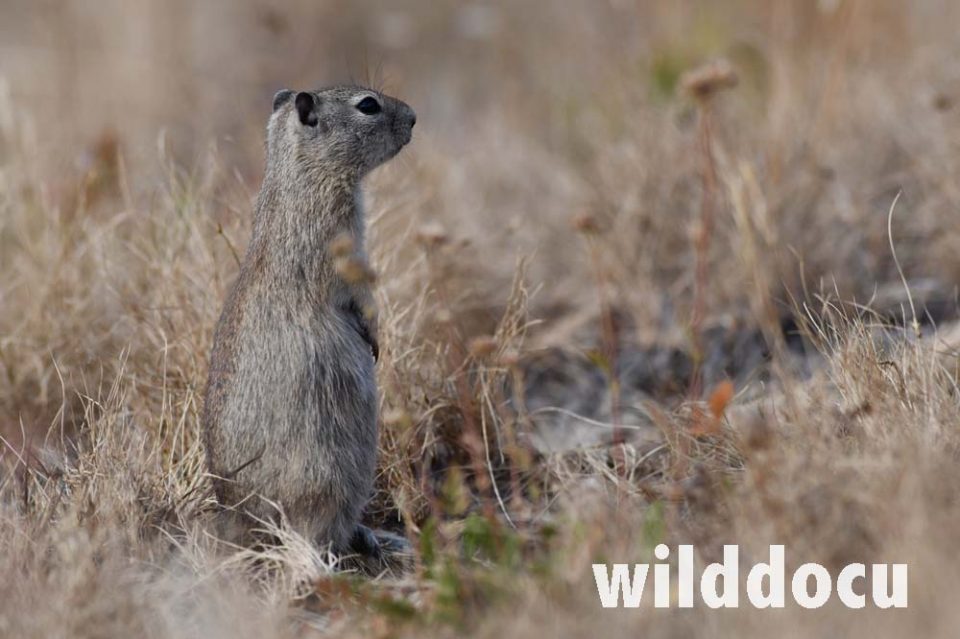
Urocitellus beldingi/ Spermophilus beldingi
Belding-Ziesel
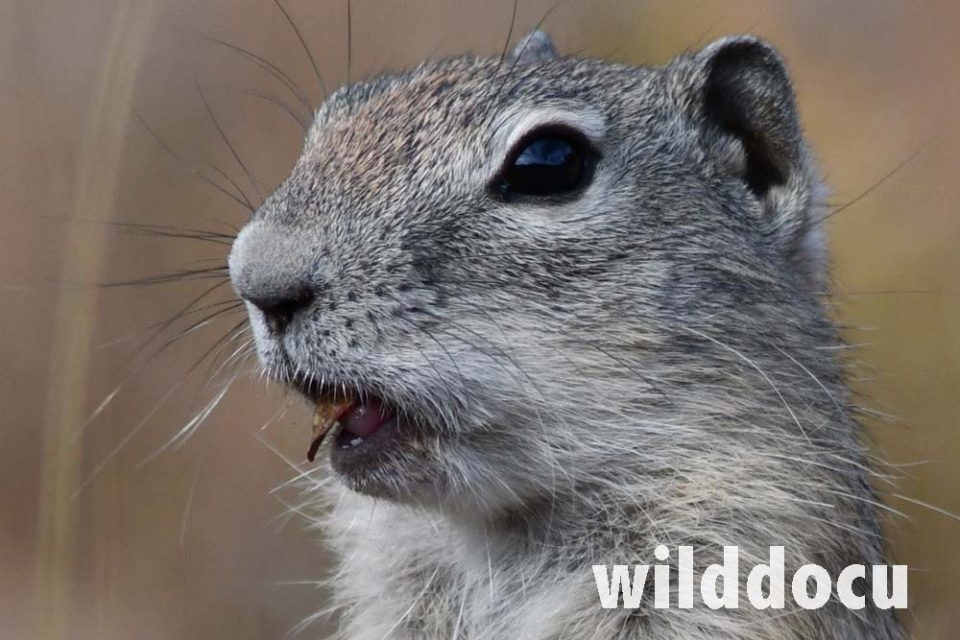

Tamiasciurus douglasii
Douglas-Hörnchen
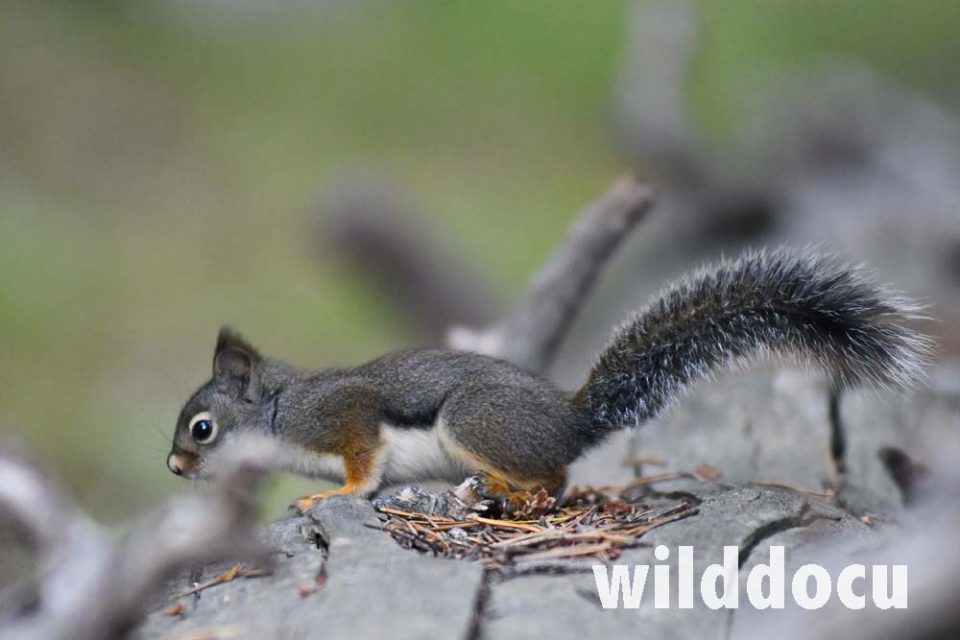

O. h. inyoensis
Inyo-Maultierhirsch
… and eventually it is not difficult to find the sheep.
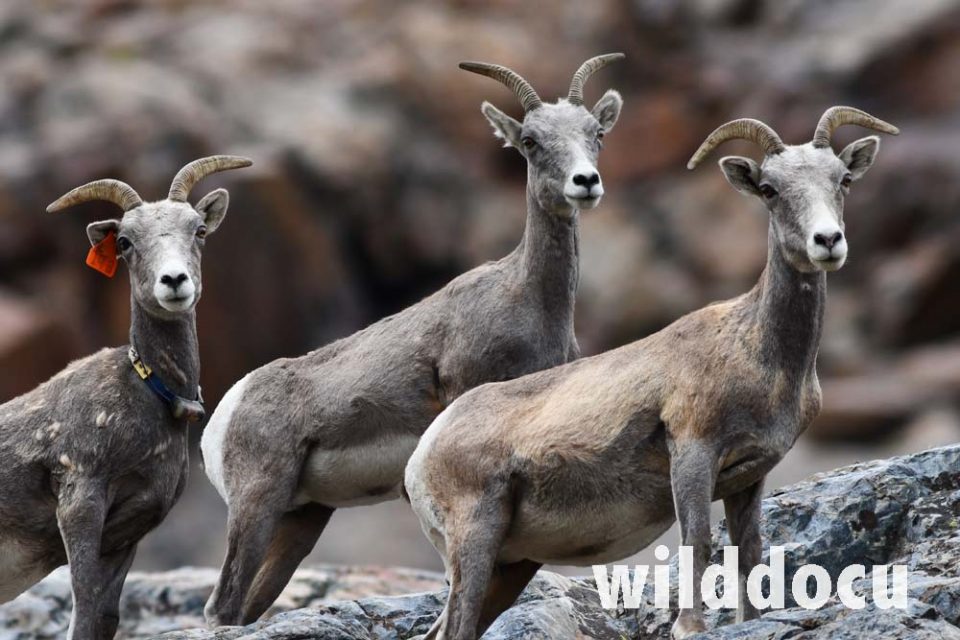
Ovis canadensis sierrae
Sierra Nevada-Dickhornschaf
I photograph these three females in a herd of 14 around Mono Pass (3231 m). Mostly it is difficult to see subspeciesspecific differences in caprinae females in the field. It is different with Sierra Nevada Bighorn Sheep: The wide flaring horns (tip-to-tip distance) are conspicuous. Compare with Rocky Mountain Sheep above! More photos and info.
… and after the hike there is just enough time to get a glimpse of famous Half Dome …
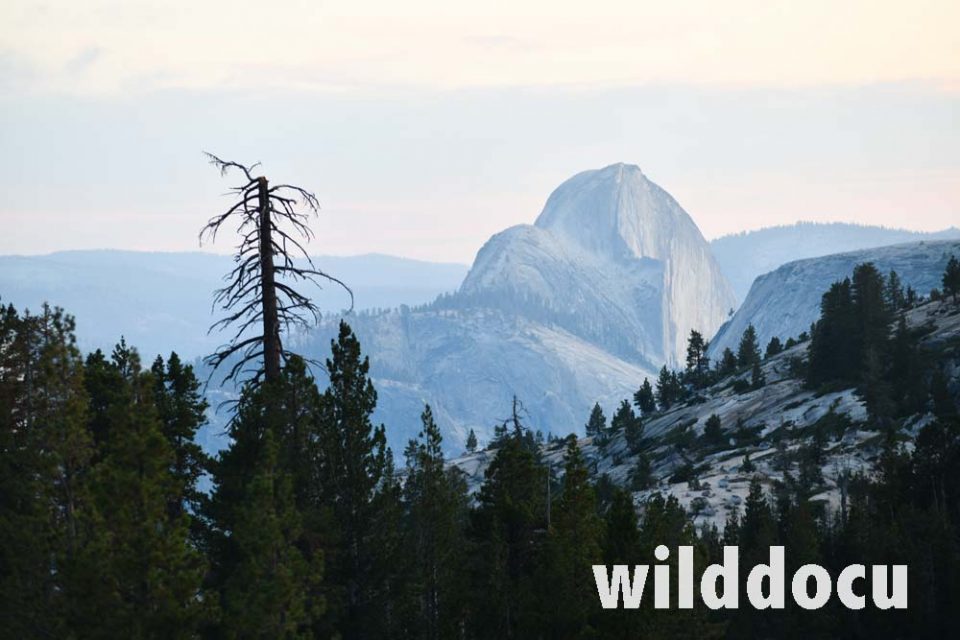
Next morning I am on my way to Cottonwood Lakes via Bishop, further south in the Sierras.


Cottonwood Lakes / Sierra Nevada
I choose this site because it is supposed to be good for male Sierra Nevada Bighorn Sheep during the summer. I plan three days: One to hike in from Cottonwood Lakes Walk in Campground. One to explore the area. One to get out. It’s worth staying much longer.
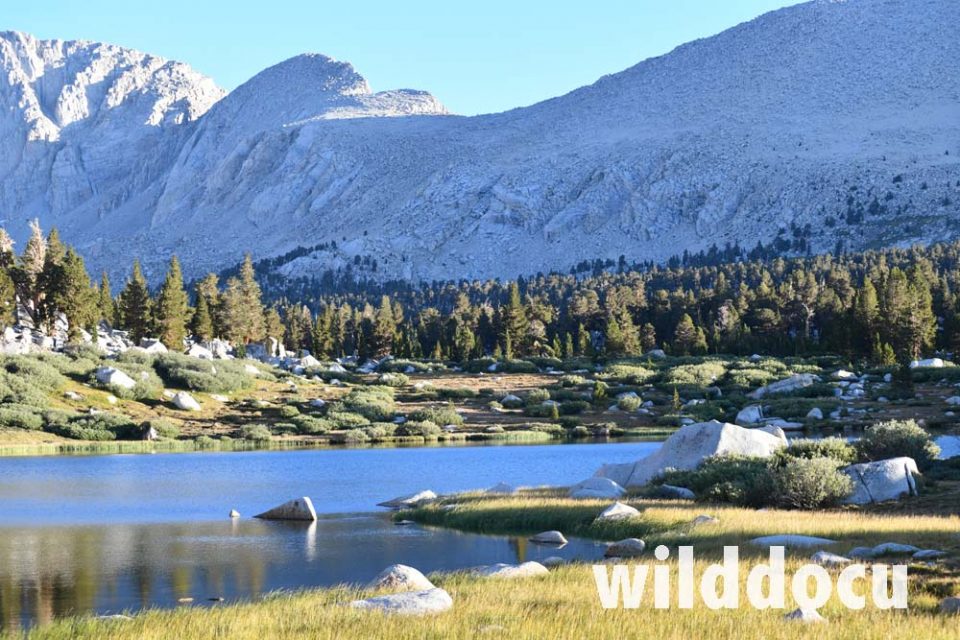
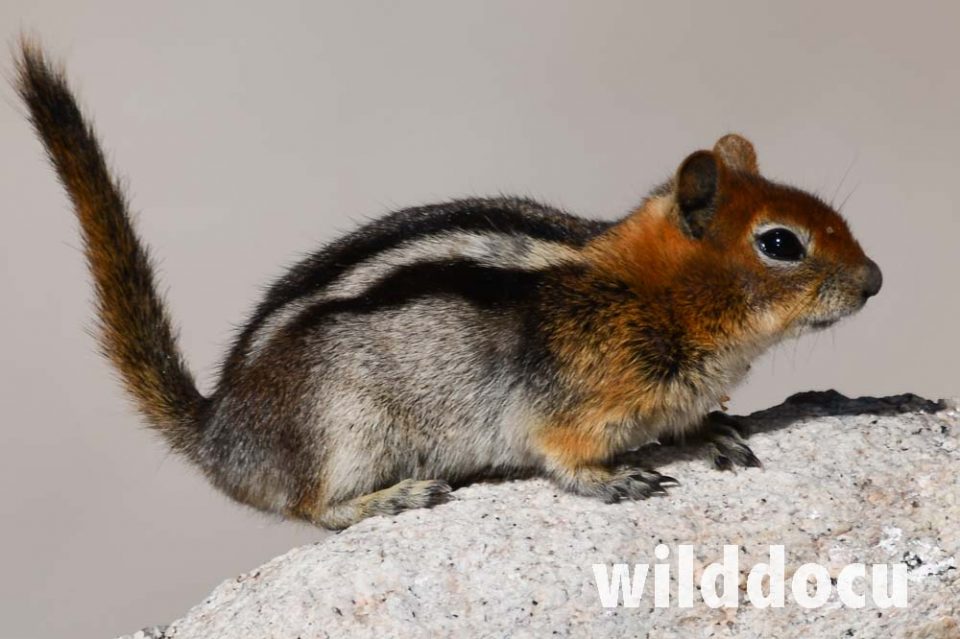
Callospermophilus lateralis
Goldmantel-Ziesel
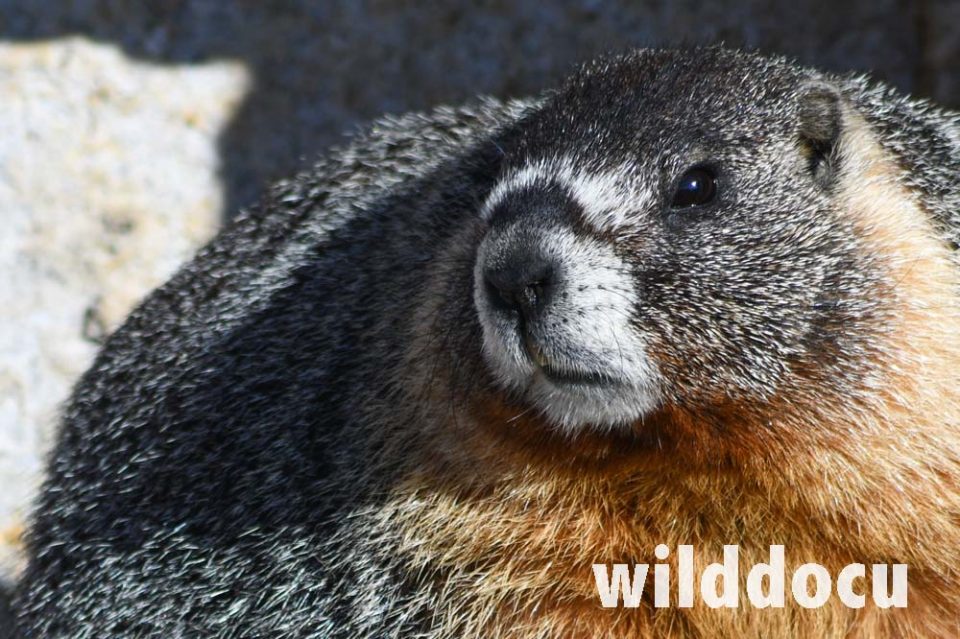
(Marmota flaviventris)
Gelbbauch-Murmeltier
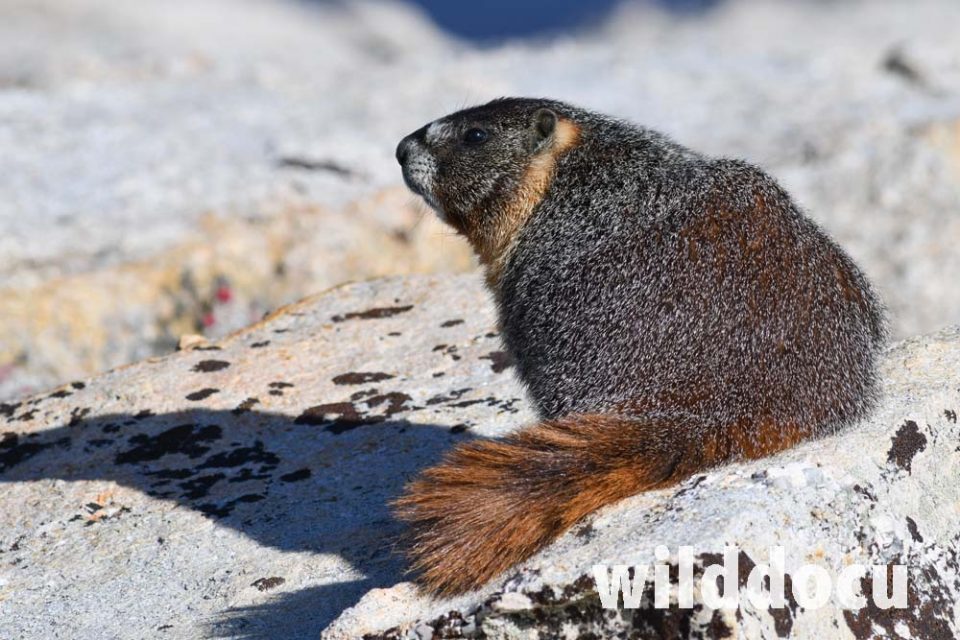

Ochotona princeps
Amerikanischer Pfeifhase

C. l. mearnsi
This big male from west of Cottonwood Lakes has a very wolfish head!
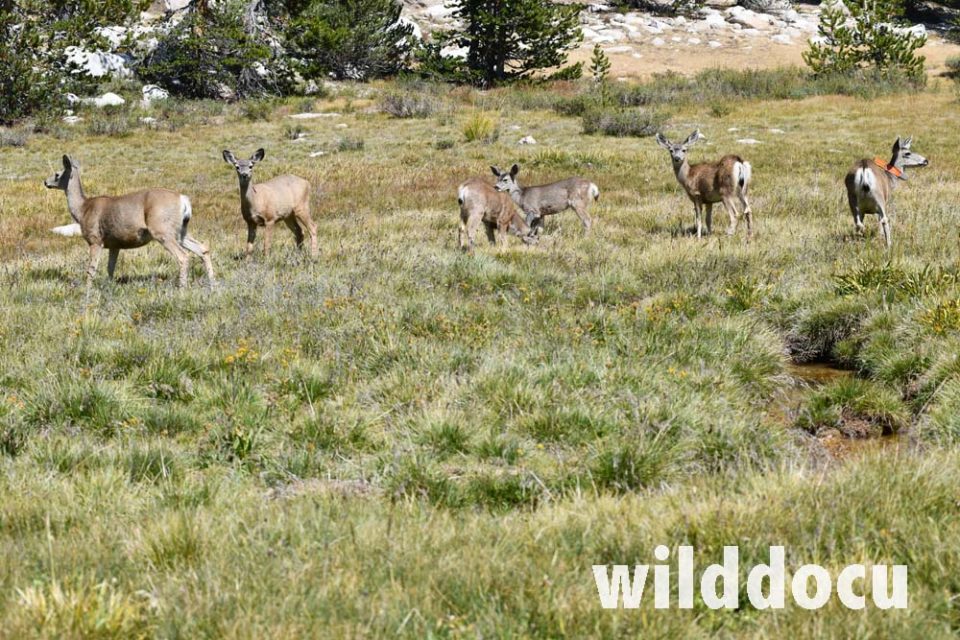
O. h. inyoensis
Inyo-Maultierhirsch

I contact Mark Chappell, Professor (Emeritus), who did his phd on chipmunks. He believes it’s either Lodgepole Chipmunk or Yellow-pine Chipmunk.

Poecile gambeli
Gambelmeise

Anthus rubescens
Pazifischer Wasserpieper
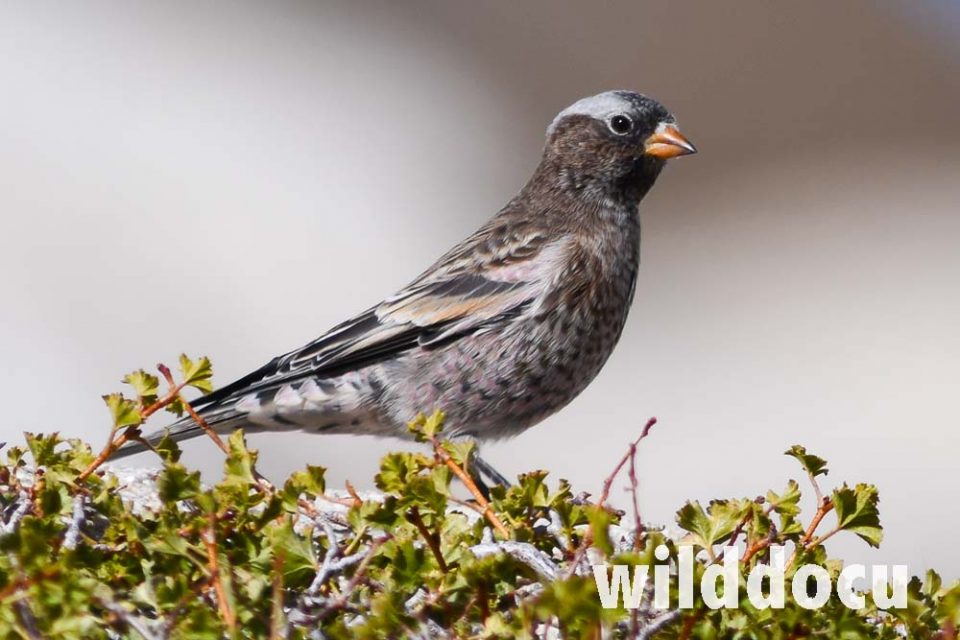
Leucosticte tephrocotis

Oreoscoptes montanus
Bergspottdrossel

On the second day I climb up to New Army Pass, hike to Soldier Lake and come down again via Old Army Pass. A spectacular day, but unfortunately I miss my sheep. Later I am told by Sierra Bighorn field biologist John Wehausen that he „also saw no live sheep on his route (through the Cottonwood Lakes area / about the same time), which is probably the first time that has ever occurred“.
On the third day I take down my tent early and rush to the parking lot, where I arrive around 10 am. In the afternoon I stand amidst Joshua Trees in the desert.
Mojave National Preserve
The Mojave Desert is one of the places, where I expect to find Desert Bighorn Sheep.

I enter the preserve and it literally takes me one minute to have an encounter with the bird of my tv-childhood: the roadrunner.
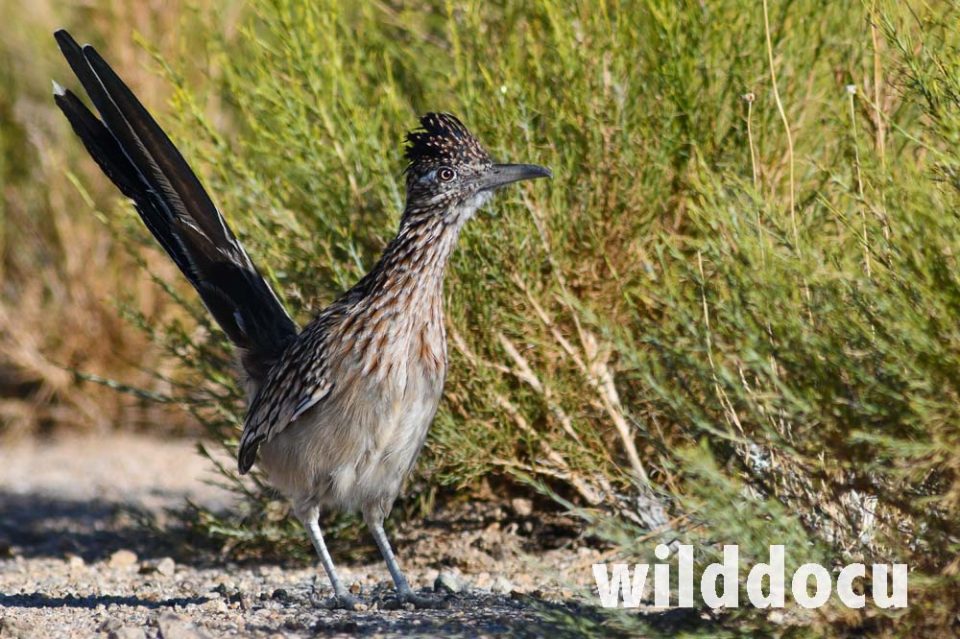
Geococcyx californianus
Wegekuckuck
A first one behaves like I expected it: … meep meep – and gone. But a second specimen that comes trotting along is very cooperative and photogenic …

And there are mammals too:

Lepus californicus
Eselhase

Sylvilagus audubonii
Audubon-Baumwollschwanzkaninchen
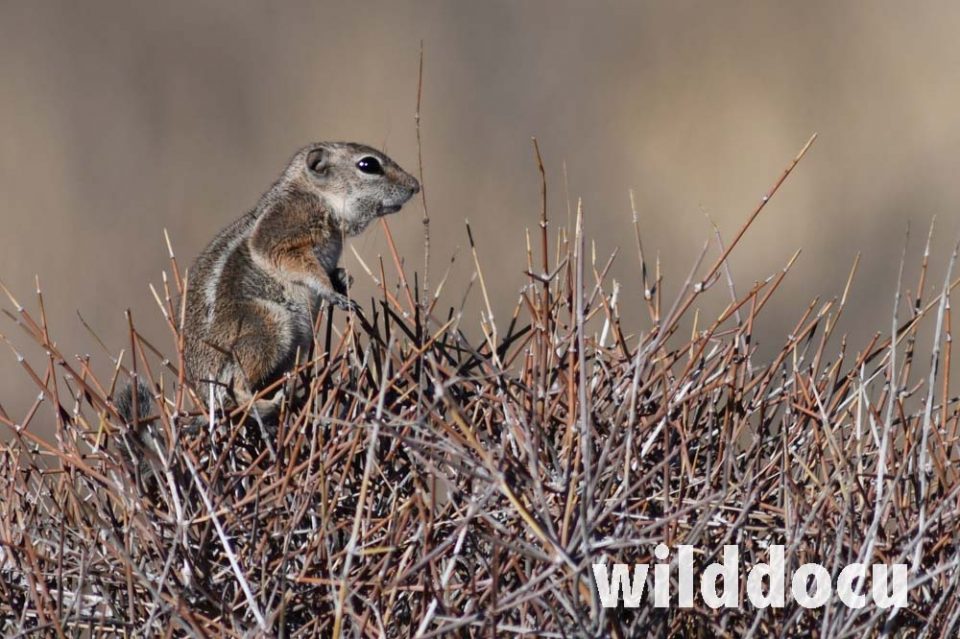
Ammospermophilus leucurus
Weißschwanz-Antilopenziesel
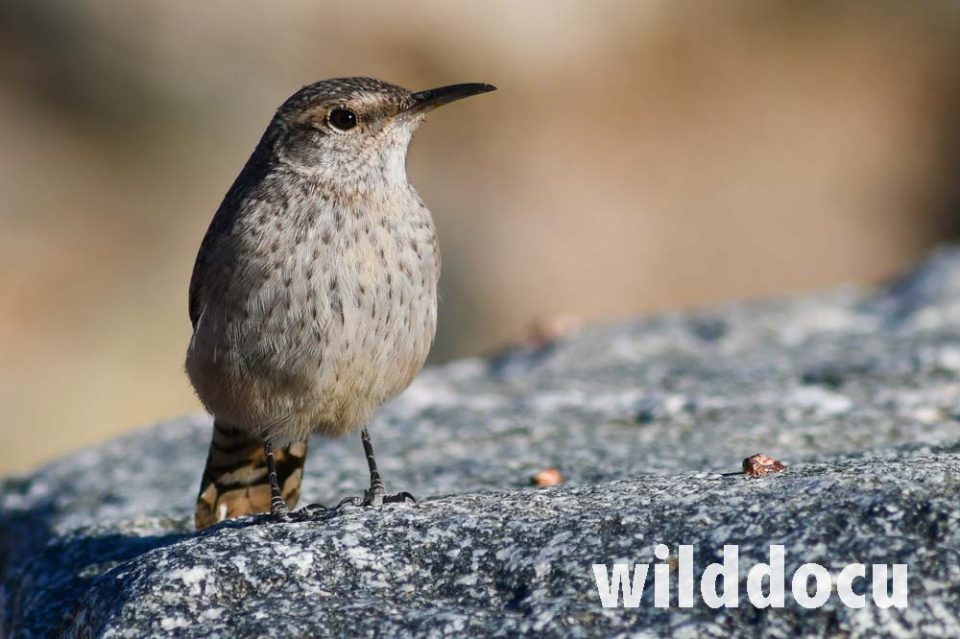
Salpinctes obsoletus
Felsenzaunkönig
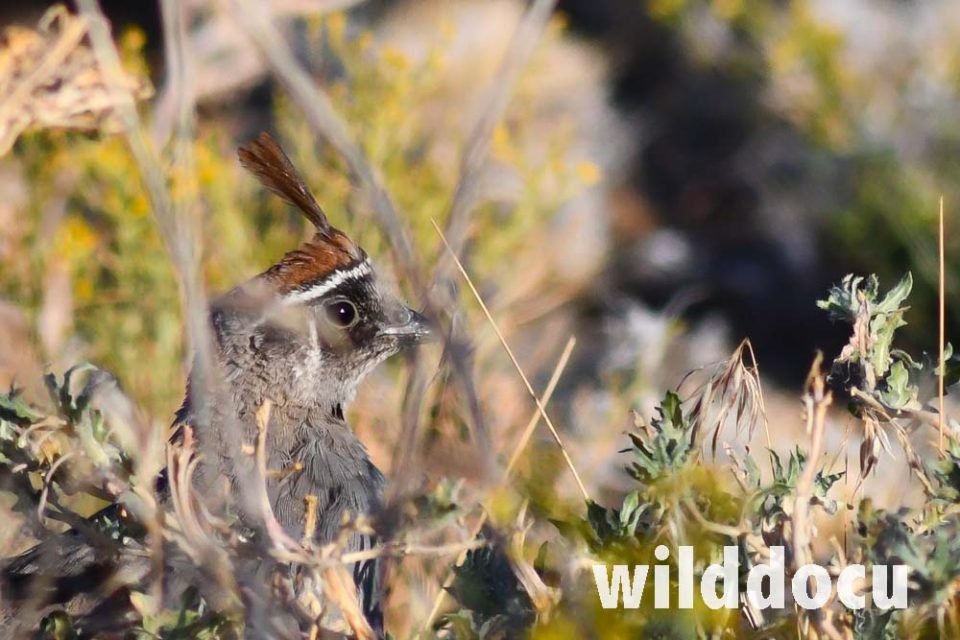
Callipepla gambelii
Helmwachtel
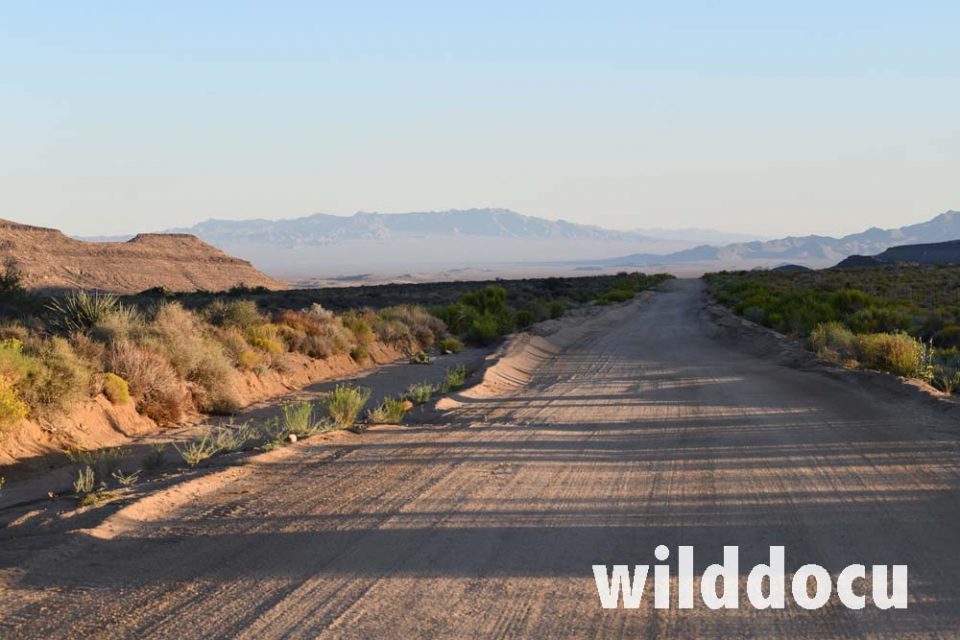
At night I observe Kangaroo Rats crossing the road. I see more on the dirt road sections – be it that they resemble more natural Kangaroo Rat habitat or because I drive slower and therefore see more.

Dipodomys panamintinus
Panamint-Kängururatte
I think it is this species. I go by large size and distribution. Desert Kangaroo Rat is paler.
After sunset I go on a half-hour night walk near Hole-in-the-Wall information center. The only animal I encounter is a Tarantula.

I am very happy with my encounters in the desert – although I don’t get to see Bighorns. Locals tell me they are very rare in the area. Then I have to hurry, because I want to be at Grand Canyon the next morning.
Grand Canyon National Park
… and it is really worth to have only three hours of sleep. I arrive at Grand Canyon village, get one of the last parking lots (later you have to take a shuttle bus to reach the village) and hike just a few meters down Bright Angel Trail. And here they are: Desert Bighorn Sheep – in front of a backdrop that can’t be topped:
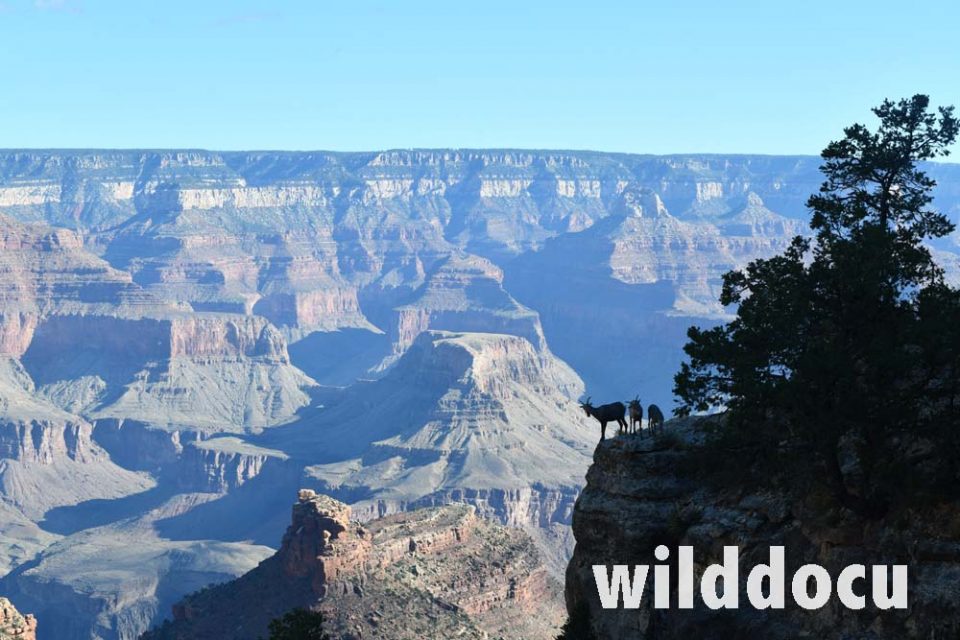
Ovis canadensis nelsoni
Wüsten-Dickhornschaf


Citellus variegatus
Felsenziesel

If you go by distribution, it can only be that species. But the salt-and-pepper structure of the back in this specimem reminds of California Ground Squirrel (Citellus beecheyi).

Tamias dorsalis
Felsenstreifenhörnchen
Grand Canyon harbours 4 chipmunk species
| Cliff Chipmunk | Tamias dorsalis Eutamias dorsalis |
| Least Chipmunk | Tamias minimus Eutamias minimus |
| Colorado Chipmunk | Tamias quadrivittatus |
| Uinta Chipmunk | Tamias umbrinus Eutamias umbrinus |
According to Peterson Fuild Guides / mammals the Cliff Chipmunk has „indistinct dark stripes down middle of back along sides“.
In the Least Chipmunk stripes continue to base of tail. The Colorado Chipmunk has bright colours and ears are blackish in front. Uinta C. is similar to Colorado C.

Turdus migratorius
Wanderdrossel

Psaltriparus minimus
Buschmeise
It is the only species in the family Aegithalidae found in the New World, and the only member of the genus Psaltriparus. In North America, it is referred to simply as „bushtit“.

Cathartes aura
Truthahngeier
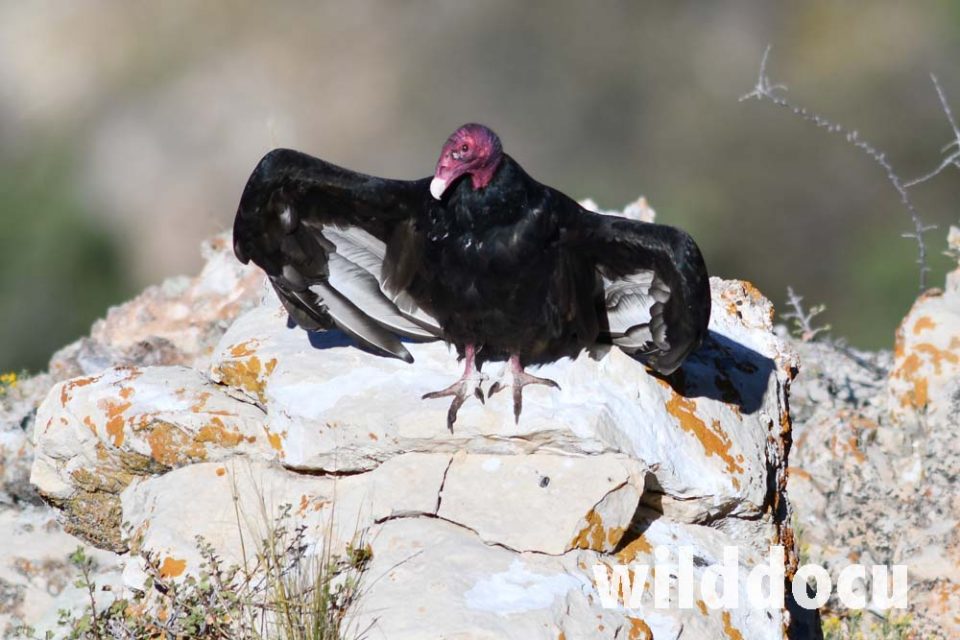
At dusk I enjoy sitting at the rim, listening to crickets and watching bats.
According to the National Park Service Grand Canyon National Park is home to one of the highest bat diversities anywhere in the United States, providing habitat to 22 species of bats.
Along the canyon’s rim, the Western Pipistrelle (Pipistrellus hesperus) is known to occur. Just going by „small size“ and „pale coloration“ (Peterson Field Guide / mammals) I dare to tie myself down to this species.
Eventually I have to move on. A small lagomorph appears at the road side. Going by the very small size, short ears and distribution, I reckon it to be a Mountain Cottontail (Sylvilagus nuttallii).
According to The National Park Service Desert Cottontail occur also in Grand Canyon National Park, but there ears are longer.
The next morning I arrive at:
Arches National Park

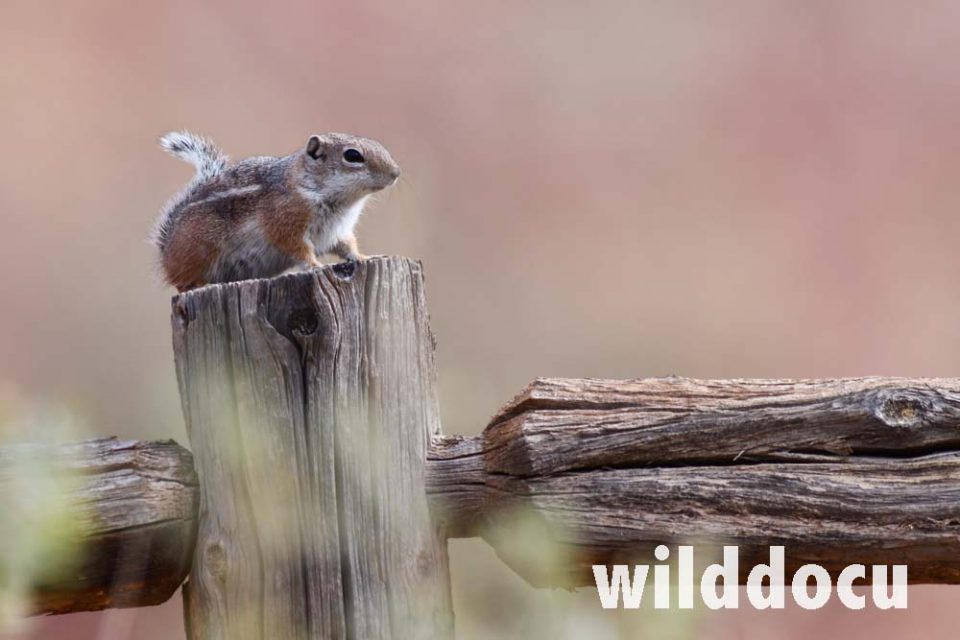
Ammospermophilus leucurus
Weißschwanz-Antilopenziesel


Aphelocoma coerulescens
Buschhäher


I try to find more sheep: At the location shown above in Arches NP, also in Canyonlands National Park and on the way to Salt Lake City at Green River. The subspecies seems to avoid me at these locations. But never mind, I got all I wanted and can enjoy the landscapes and various other wildlife species. A few more hours and I am back in Salt Lake City to get my flight back to Germany.
Sources:
Burt, William H. and Grossenheider, Richard P., 1980: A Field Guide to the Mammals. North America, north of Mexico. Peterson Field Guides. Houghton Mifflin Company, Boston, Massachusetts.
Water Vole: https://www.fs.usda.gov/Internet/FSE_DOCUMENTS/stelprdb5181939.pdf
Beldings Ground Squirrel: http://climate.calcommons.org/dmp/beldings-ground-squirrel-yosemite-national-park-surveys
Mule Deer from Yosemite: Odocoileus hemionus hemionus www.nps.gov/parkhistory/online_books/grpo/mammals75.htm
Kangaroo rats: https://pubs.usgs.gov/of/2008/1167/of2008-1167.pdf
Western Pipistrelle: www.mygrandcanyonpark.com/things-to-do/western-pipistrelle-bats
Species / Subspecies found during a 10 day trip through the Southwest United States
| species name english | scientific name | german name | location | |
| 1 | Western Pipistrelle | Pipistrellus hesperus | Westliche Amerikanische Zwergfledermaus | Grand Canyon village, Rim trail |
| 2 | Grizzly | Ursus arctos horribilis | Grizzlybär | Yellowstone NP, Mt. Washburn |
| 3 | Black Bear | Ursus americanus | Schwarzbär | Yellowstone NP, along highway north of Mt. Washburn |
| 4 | Mountain Coyote | Canis latrans lestes (Wyoming: Yellowstone NP) | -Kojote | Yellowstone NP, 1 near north entrance |
| 5 | Mearns‘ Coyote | C. l. mearnsi (southeastern California: Sierra Nevada, Mojave Desert) | -Kojote | 1 at Mono Pass trailhead; 1 in Mojave desert |
| 6 | Yellow-bellied Marmot | Marmota flaviventris | Gelbbauch-Murmeltier | New Army Pass, Cottonwood Lakes, Sierra Nevada |
| 7 | Striped Skunk | Mephitis mephitis | Streifenskunk | highway sighting at nicht, west of Yellowstone |
| 8 | Racoon | Procyon lotor | Waschbär | near Moab, Utah, campsite |
| 9 | Rock Squirrel | Citellus variegatus | Felsenziesel | Grand Canyon NP, Rim trail |
| 10 | Belding’s Ground Squirrel | Urocitellus beldingi / Spermophilus beldingi | Belding-Ziesel | Mono Pass Trail, Yosemite NP |
| 11 | Red Squirrel | Tamasciurus hudsonicus | Gemeines Rothörnchen | Yellowstone NP, near Jenny Lake |
| 12 | Douglas‘ Squirrel | Tamiasciurus douglasii | Douglas-Hörnchen | Yosemite NP, Mono-Pass trail |
| 13 | Cliff Chipmunk | Neotamias dorsalis | – | Grand Canyon NP, Bright Angel trail |
| 14 | Least Chipmunk | Neotamias minimus | Kleines Streifenhörnchen | Great Basin – roadside near Lee Vining |
| 15 | Lodgepole Chipmunk | Neotamias speciosus | Lodgepole-Streifenhörnchen | Yosemite NP, Mono-Pass trail |
| 16 | White-tailed Antelope Squirrel | Ammospermophilus leucurus | Weißschwanz-Antilopenziesel | Mojave National Preserve, Arches NP |
| 17 | Golden-manteled Ground Squirrel | Callospermophilus lateralis | Goldmantel-Ziesel | Sierra Nevada – along trails |
| 18 | Panamint Kangaroo Rat | Dipodomys panamintinus | Panamint-Kängururatte | Mojave National Preserve – roadside |
| 19 | Deer Mouse | Peromyscus maniculatus | Hirschmaus | Grand Teton National Park, near John Moulton Homestead |
| 20 | Water Vole | Microtus richardsoni | – | Grand Teton National Park, near John Moulton Homestead |
| 21 | Porcupine | Erethizon dorsatum | Nordamerikanischer Baumstachler | Grand Teton National Park / sagebrush steppe |
| 22 | Black-tailed Jackrabbit | Lepus californicus | Eselhase | Mojave National Preserve |
| 23 | American Pika | Ochotona princeps | Amerikanischer Pfeifhase | New Army Pass, Cottonwood Lakes area, Sierra Nevada |
| 24 | Mountain Cottontail | Sylvilagus nuttallii | Berg-Baumwollschwanzkaninchen | Grand Canyon NP- roadside |
| 25 | Desert Cottontail | Sylvilagus audubonii | Audubon-Baumwollschwanzkaninchen | Mojave National Preserve – roadside |
| 26 | Elk | Cervus canadensis | Wapiti | Mammoth, Yellowstone NP – greens in town |
| 27 | Pronghorn | Antilocapra americana | Gabelbock | Grand Teton National Park, sagebrush steppe, Antelope Flats Road, Yellowstone NP |
| 28 | Rocky Mountain Mule Deer | Odocoileus hemionus hemionus | Rocky-Mountain-Maultierhirsch | Grand Teton National Park, Yellowstone NP – at Gros Ventre Campground |
| 29 | Inyo Mule Deer | O. h. inyoensis | Inyo-Maultierhirsch | Sierra Nevada: Mono Pass trailhead, Cottonwood Lakes |
| 30 | California Mule Deer | O. h. fulginatus | Kalifornischer Maultierhirsches | Mojave National Preserve – seen from road |
| 31 | White-tailed Deer | Odocoileus virginianus | Weißwedelhirsch | Grand Teton National Park – seen during breakfast at Jackson Lake lodge |
| 32 | Mountain Goat | Oreamnos americanus | Schneeziege | Yellowstone NP, seen from road at Barronette Peak |
| 33 | Rocky Mountain Bighorn Sheep | Ovis canadensis canadensis | Rocky Mountain-Dickhornschaf | Yellowstone NP, Mt. Washburn |
| 34 | Sierra Nevada Bighorn Sheep | Ovis canadensis sierrae | Sierra Nevada-Dickhornschaf | Mono Pass, Yosemite NP |
| 35 | Desert Bighorn Sheep | Ovis canadensis nelsoni | Wüsten-Dickhornschaf | Grand Canyon NP, Bright angel trailhead |
| 36 | Bison | Bison bison | Amerikanischer Bison | Yellowstone NP – unavoidable |

